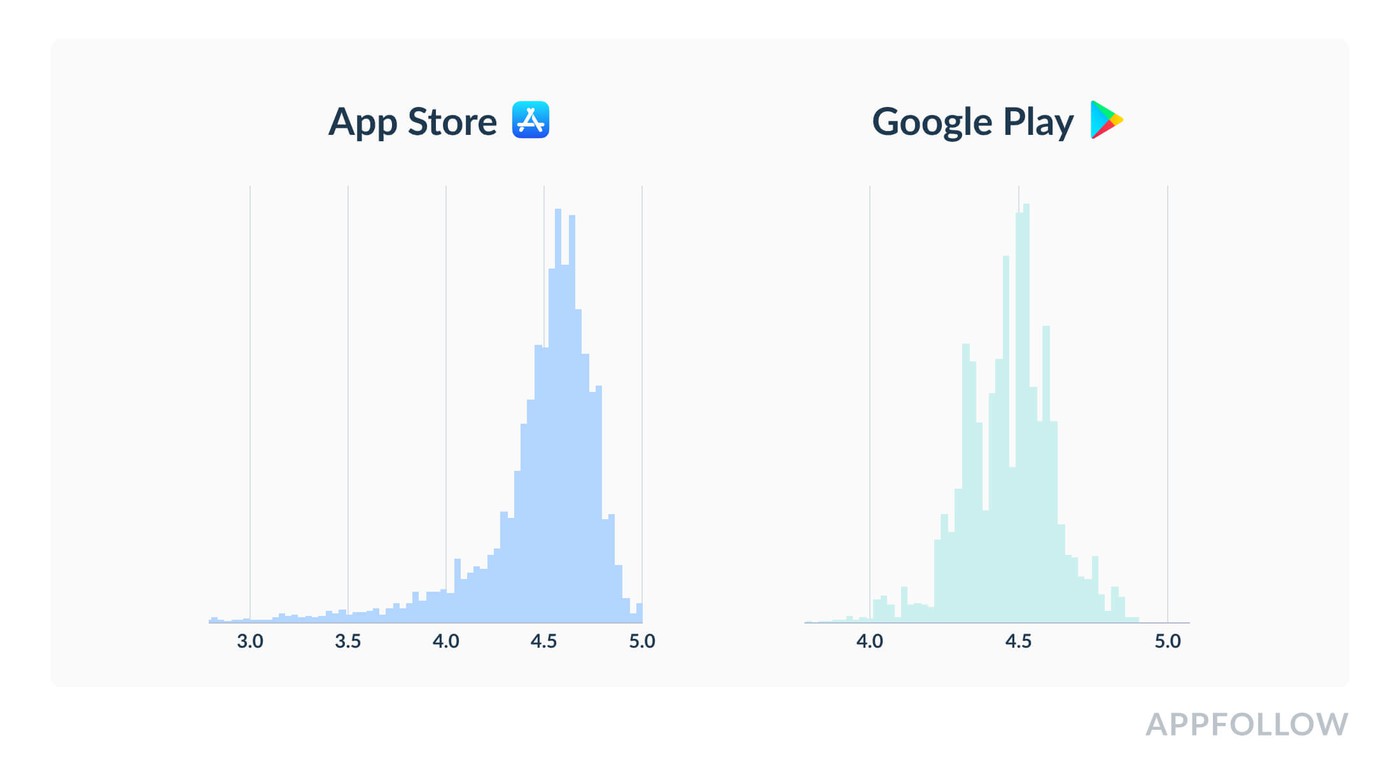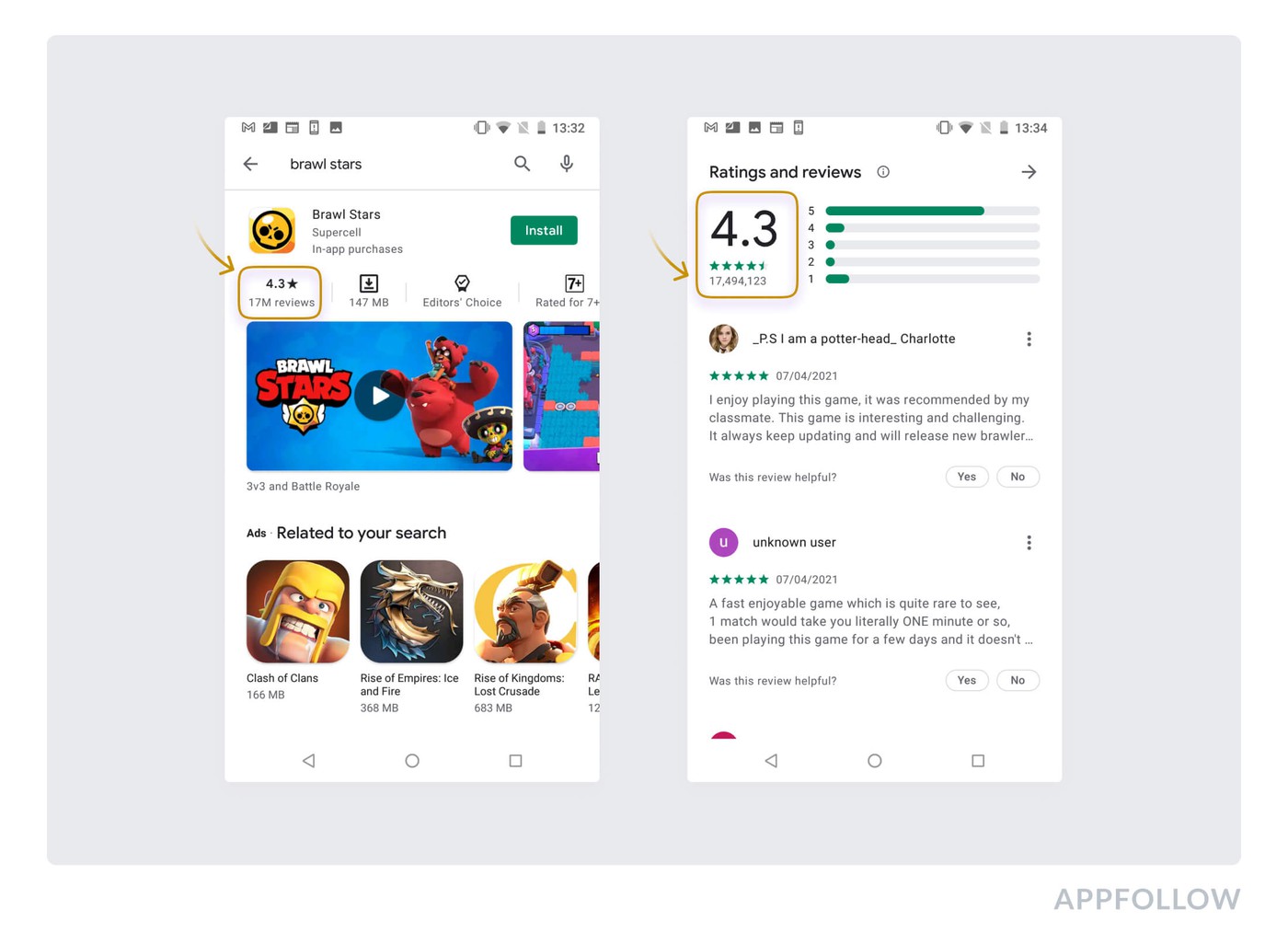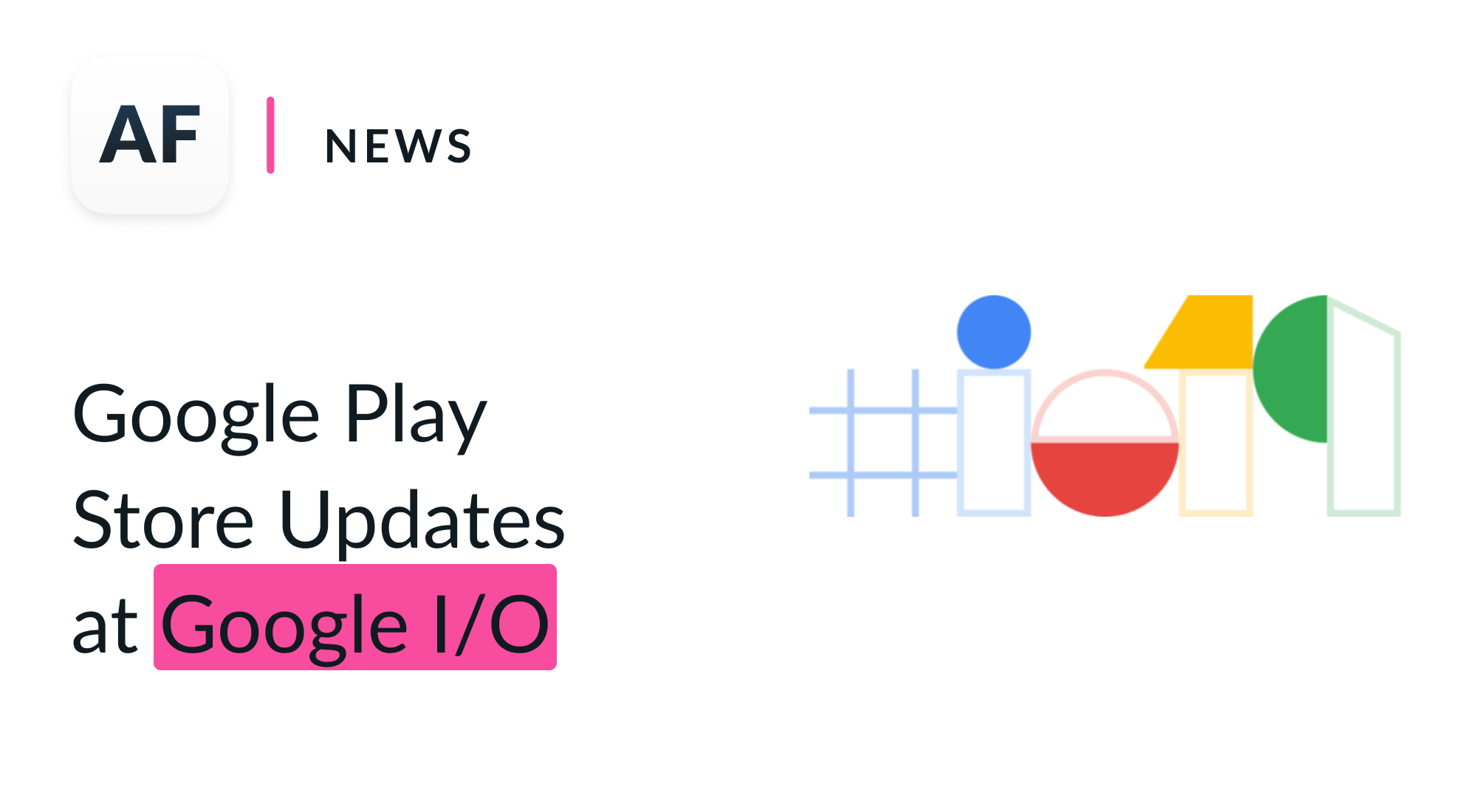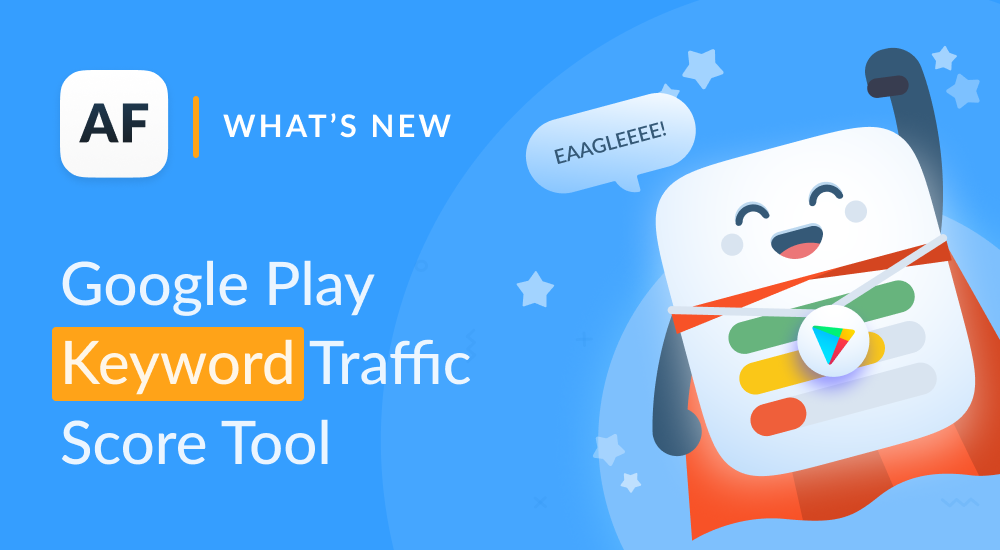Changes to Google Play Store Rating Calculation: How To Prepare

Table of Content:
At I/O 2019, Google announced changes to the way it calculates an app's average rating. This news is both good and bad for developers. It's good news that the new Google Play rating will display the app's current ranking and will rely less on unsuccessful past releases (we've all been through it). The bad news is that a lot of apps will see their average rating drop, as well as the number of downloads, and you will need to re-learn how to get higher ratings on Google Play.
Google Play rating calculation: an update
The previous average rating took into account android app ratings for all app versions. If the app had a lot of low ratings before, it was impossible for the app to hit a high average rating. Some developers even republished their apps to improve their average rating.
This will all change in August. The new average rating in Play Store will be based on recent releases. If developers have gradually improved their product in new versions, it'll be easier for them to get a higher average rating.
ASO experts think the ratio for ratings will now be based 90% on ratings from the past 30 days and 10% on all-time ratings.
How will the new average rating be calculated?
You can already find the new Google Play Store ratings in Google Play Console:

If the app or game previously had high rankings but has hit a rough patch recently, the new rating in the console will be disappointing. Like, for example, in a big marketplace:

If several recent releases have been hits, the new rating can go up. That's the case with Aviasales travel app:

Remember that the android app ratings will only change in August.
What you can do today to avoid problems with a lower rating in Google Play Store?
There may not be much time, but there's still enough for you to fix the situation. According to AppFollow data, the app rating on android must be higher than 4.5* to avoid losing downloads. Apptentive's research confirms this.

The sooner you start working on improving your rating, the fewer downloads you'll lose. We propose two ways of doing that.
signup_boosting
Quick approach
Replying to current reviews can help to immediately alleviate the situation. Here's what you can do:
- Set up rating requests to remind users to rate your app. Learn how to properly pose your rating requests to users.
- Update your replies to critical reviews. For example, if you fixed bugs in an update, reply to all the users that complained about it. Yes, it's a time-consuming process, but this kind of personal approach will give users a reason to update their rating. And don't forget to ask them to re-rate your app. We have a few suggestions on how to reply to these kinds of reviews.
Another example is the Hotellook app, which received a disappointing new rating of 3.974. Developers have included a rating request after a successful hotel booking to boost their average rating. In just one month, the app's average rating increased and continues to grow:

Thorough approach
Google suggests taking a more thorough approach to working on ratings. This is a long-term approach and it is more complicated to implement, but it will definitely impact user loyalty and retention. Google's experts suggest that you analyze your own app by using multiple criteria:
1. How intuitive are navigation, controls, and menu access?
You can do this by tracking user behavior in the product, e.g. by using the Amplitude analytics service. You can also analyze their reviews by using Semantic Analysis in AppFollow.
2. Is your product easy for new users to understand?
It's especially important for the product to be easy-to-understand for new audiences when launching the product in new countries. Problems are often related to localizing the app and its Google Play page. That's why you might see your average rating fall without knowing the reason. Analyzing your rating in each country individually will help with this.
Be sure to also keep track of how the rating changes from version to version. For example, if you've added an extra onboarding step or made a game level more difficult, you'll see your rating spike even if users are too lazy to write a review.
3. How well thought-out is the design?
Users often complain about the app's design or inconvenient user experience (UX), especially after updates. These kinds of complaints are easy to track by studying user reviews or filtering by topics where they complain about the design.
For example, the Slack app experienced a lot of negative after updating its icon (Negative and Neutral graphs at the top of the image). You can analyze the reasons for these reviews and compile a backlog of improvements for the next release with various tools for app review monitor. AppFollow lets you do this in two clicks:

How to analyse amazon product reviews.
4. Does the app have enough content to hold users' interest for a long time?
If you have an entertainment app, users take the initiative to write to you that they don't like the content or asking you to update it.

For most categories, conducting another retention analysis with Amplitude will help. Push notifications will help remind users about your app.
5. How stable is your app?
In 42% of reviews with 1*, users complain about app crashes and bugs. These reviews really hit Android developers hard since Google Play ratings can rank an app with complaints about crashes lower in the search results.
There are different ways to explore the root causes of stability issues and crashes. The quick solution is to analyze the topics and semantics of reviews with 1* to find bugs that users most frequently complain about.

The long, complicated approach is to dive into user sessions or invite them to participate in an interview. If there aren't too many complaints, it's easier to explore what the problem is and find cases that stand out.
Find out more about conducting interviews with users by following the app Babycare & Breast Feeding's example.
6. How attractive is the app page to users in Google Play Store? When Google Play users start finding your app or game in search results or featured selections, it's crucial to know how to convert them into users. That's why the way the app page looks is important. Does it have attractive screenshots, positive helpful reviews, and a high average rating?

You can see how the app page is working using ASO Analytics. It'll show you traffic sources and how many page visitors downloaded the app.
How to increase game downloads using keywords and videos.
--
Obviously, the second approach won't yield fast results, but this is the one that will help you maintain and increase your rating in future releases. Just asking users to rate you can result in immediate growth. But if nothing changes in your product, users will update their reviews with a negative rating.
The average Android app rating is an important part of User Acquisition. For better user conversion, it needs to remain above 4.5*. An update in Google Play is a chance to break free from past mistakes and attract new users to your awesome product by bettering your android app ratings and reviews. Start working on your average rating so you don't lose any new users starting in August. Read more on how to improve Google Play ratings in our blog.
If you need help with increase your app's average rating, send a request to our ASO professional services. They will run audit and help you develop a comprehensive strategy on how to manage app reviews, work with your ASO and find valuable insights.







